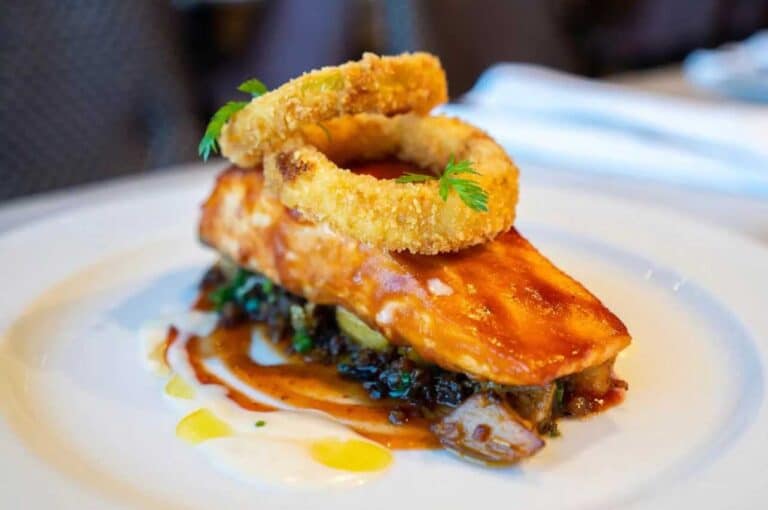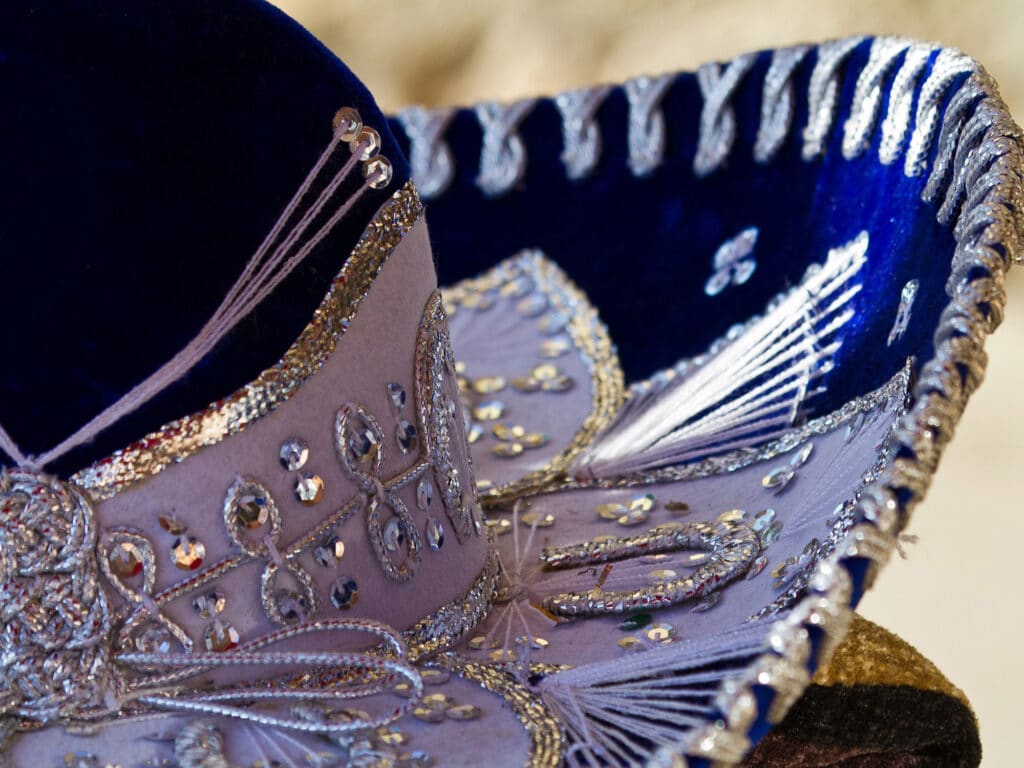
Before you buy a truck full of nacho chips, a stack of sombreros and a case of tequila, don’t you really want to know what Cinco de Mayo is all about? It turns out that May 5 probably isn’t what you think it is.
We’re not trying to tell you to ease off the partying – just take a minute to learn what Cinco de Mayo is all about.
May 5 Isn’t Mexican Independence Day
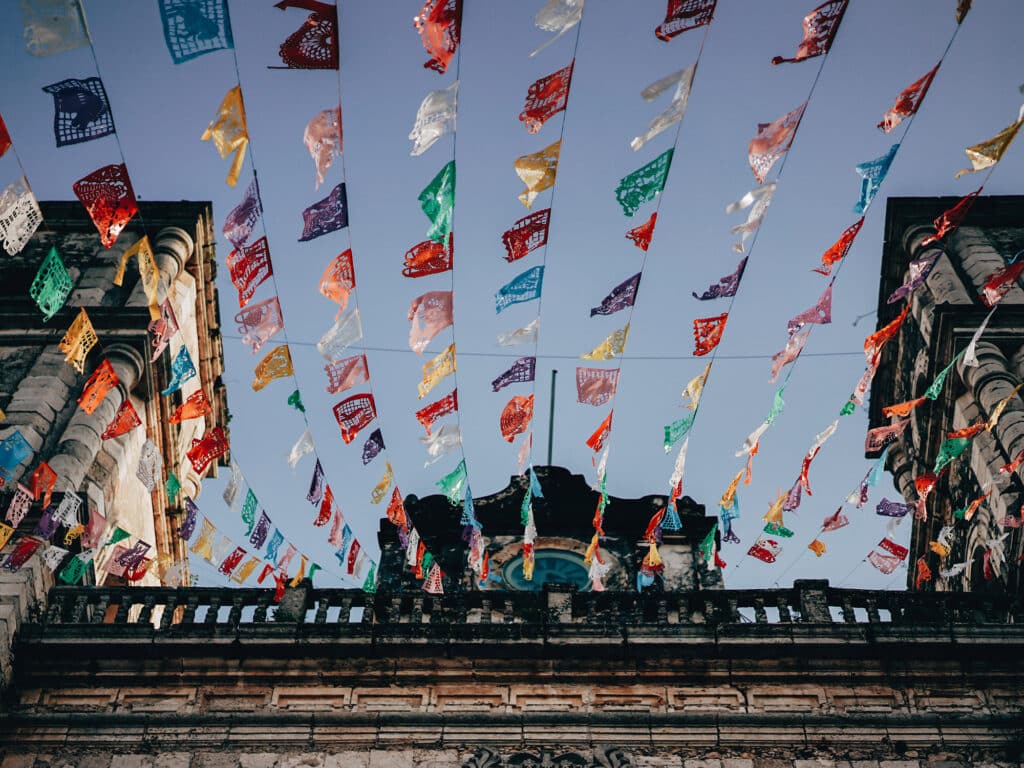
Much like in the United States, Independence Day in Mexico is a big holiday. But it’s actually on September 16. That’s the date in 1810 when Miguel Hidalgo y Costilla, a Roman Catholic priest, urged his followers to revolt against their Spanish rules by ringing the church bell in the city of Dolores.
The act would become known as Grito de Dolores (or the “cry of Dolores”).
Annually on September 16, Mexicans celebrate the occasion with Grito de Dolores reenactments, fireworks, parties and plenty of music.
Mexicans Don’t Celebrate Cinco de Mayo
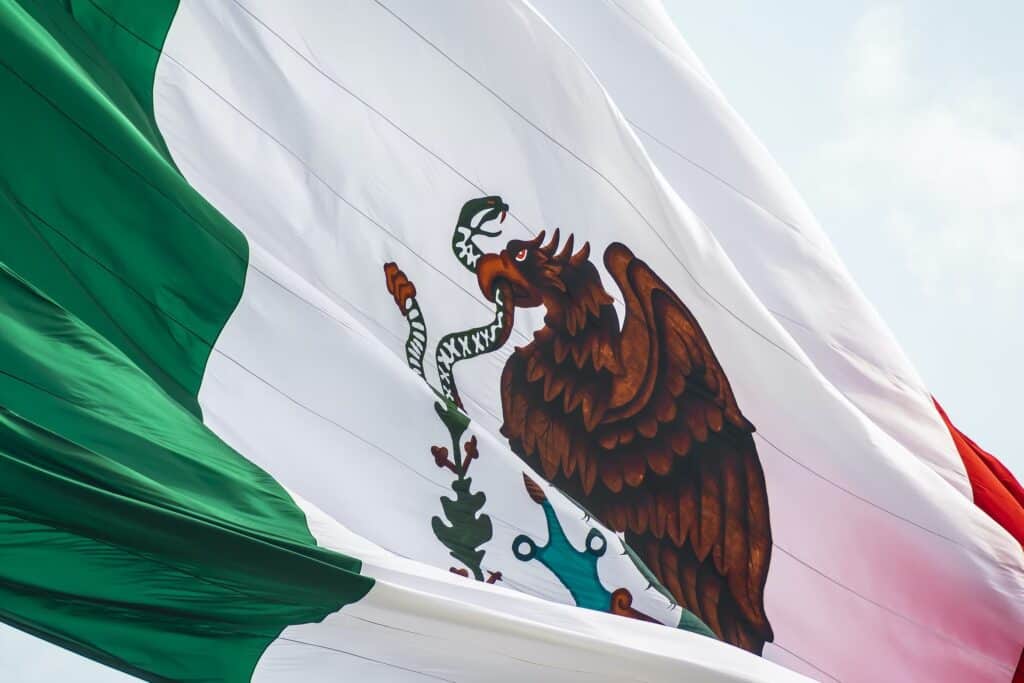
Here’s the deal: May 5 – Cinco de Mayo – signifies the date the French attacked the Mexican city of Puebla. Mexican forces would prevail, and the date is marked annually but primarily in the Puebla. It’s more of a footnote in the rest of Mexico.
Los Angeles actually is credited with holding the largest Cinco de Mayo celebrations. For Mexican-Americans, the day largely signifies pride in their Latin heritage. Since 1990, L.A.’s Fiesta Broadway was considered the largest Cinco de Mayo celebration in the world. Alas, it has been suspended since the COVID pandemic.
Margaritas are the Official Cinco de Mayo Beverage
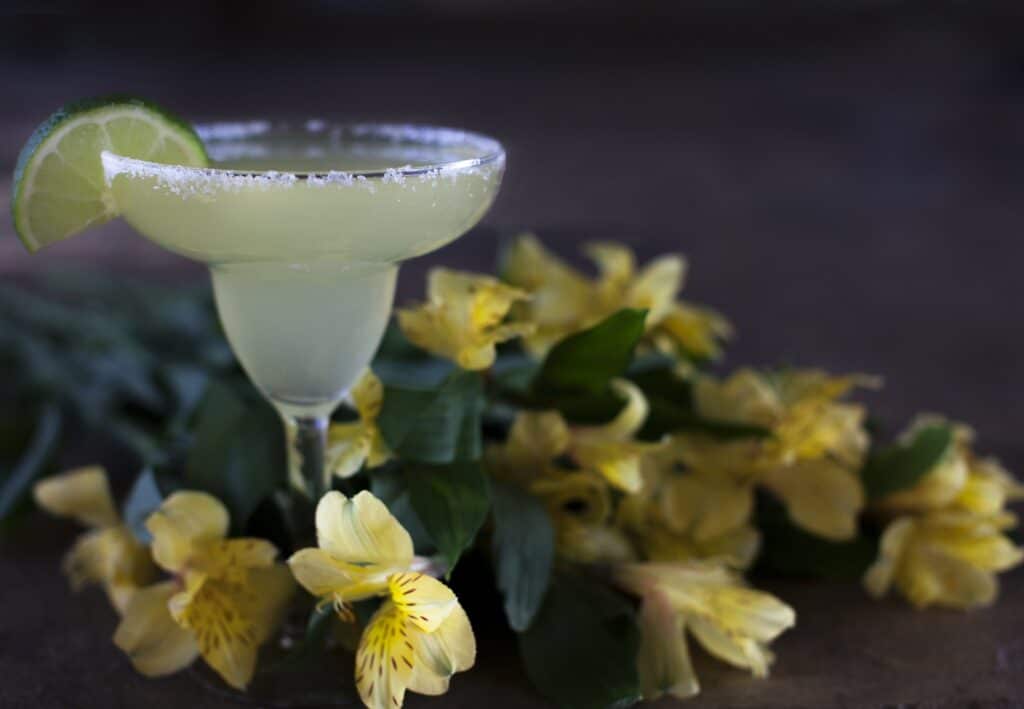
Yes, Americans love margaritas, that intoxicating combination of lime juice, triple sec and tequila. No, it’s not as popular among Mexicans. According to reports, the margarita might even be the single most popular cocktail in the U.S.
However, in Puebla, the “Aqua Fresca” is the king of beverages on May 5. It’s most often served in a non-alcoholic form and is made with fruit and sugar water along with seeds or flowers.
Ironically, in the United States, it’s the beer distributors who are largely credited with promoting Cinco de Mayo beginning in the 1960s. (Fun fact: A cocktail made of beer and tequila is called a “Lagerita.”)
Everyone Wears Sombreros for Cinco de Mayo
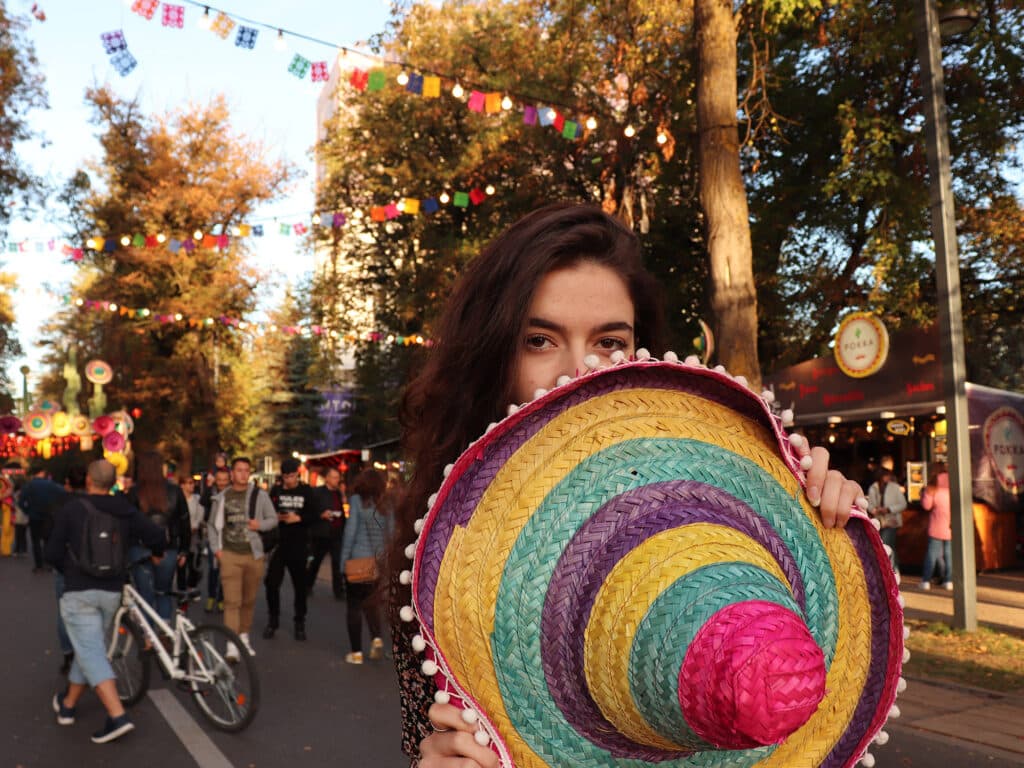
Nope. Sombreros weren’t the hat of choice during the Battle of Puebla or the annual celebrations that followed in the town.
Truth be told, the sombrero actually has its roots in Spain. It comes from the Spanish word “Sombra,” which means shade.
In Mexico, wide-brimmed hats are indeed part of the culture, but they’re usually referred to as “charros” and were popularized by Mexican cowboys – similar to the cowboy hat phenomenon of America’s Wild West.
Tacos are Cinco de Mayo Traditions
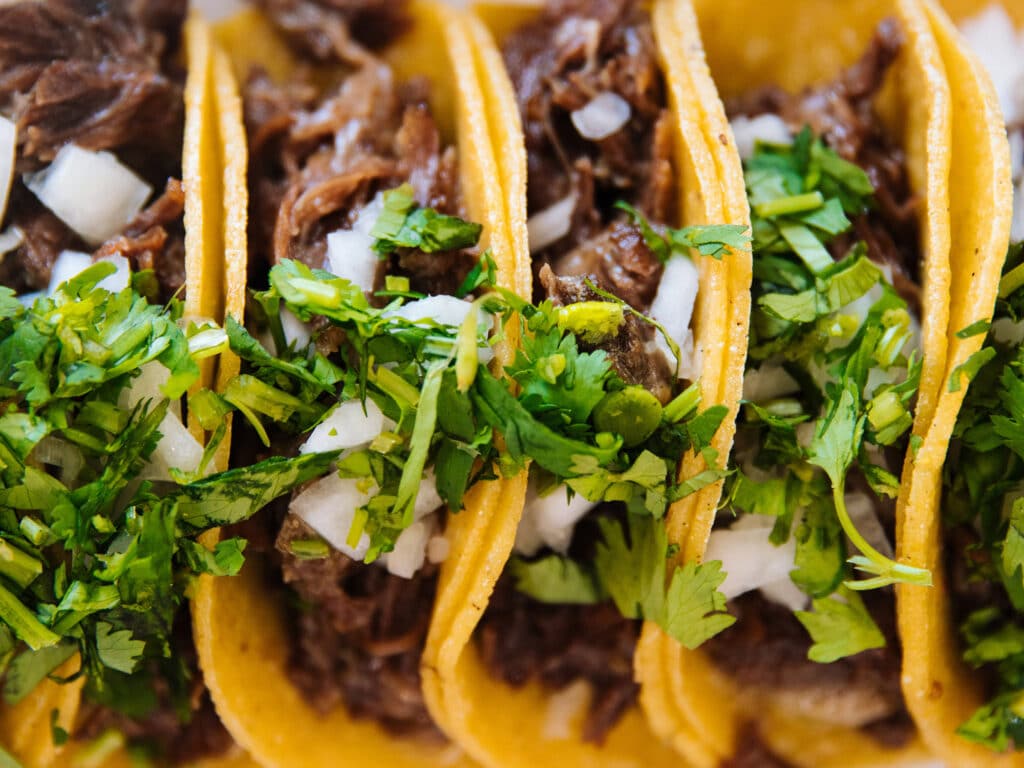
Save the tacos for Tuesday. On May 5 in Puebla, the big dish is mole poblano. This thick and savory sauce often has more than 30 ingredients, including chocolate.
Moles are growing more common in U.S. restaurants. The big difference is that mole poblano uses chilhuacle negro chiles – not an easy ingredient to find here. Indeed, the specialty is known as the national dish of Mexico.
More stories like this:
- Popular Myths about Florida Debunked
- Urban Legends about Florida That Keep You Awake at Night
- Was There Actually a Fountain of Youth in Florida Once?
- Is St. Augustine Really the Oldest City in America?
- 11 Crazy Things To Co in Orlando
- 25 Fun Things to Know About Disney’s Animal Kingdom on its 25th Anniversary
- Things to do in Orlando Besides Theme Parks
- Is There a Six Flags Park in Florida?
- Is Jacksonville Really the Country’s Biggest City?
- Is Florida the Hurricane Capital of the World?
- Why Should You Shuffle Your Feet on Florida Beaches?
- Why is Orlando called ‘The City Beautiful?’

